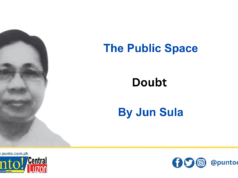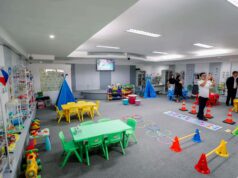MAKATI CITY – Despite the advancement in technology, a common complaint is now emerging among “netizens” on the slow and expensive internet connection in the country.
The problem has been plaguing telecommunication companies as several lawmakers have voiced out their concerns on the problem including Senators Bam Aquino and Loren Legarda.
But at the annual PLDT Stockholders meeting last June 10 at the Shangri-La Hotel here, Director Ray C. Espinosa said “those published reports (that the Philippines has the slowest and most expensive internet connection) are very misleading.”
During the meeting, a motion on the floor from a stockholder posed the question which was addressed by Espinosa.
He explained that “there are three independent reports from the United Nations (UN) which consistently show that the Philippines is not the most expensive, neither is it the slowest.”
Espinosa said “as more subscribers come in, the price (of internet connection) will go down further.” He said the problem “started in a Facebook post and has actually taken a life of its own” which is a far cry from the UN report and two other independent reports listing the Philippines as number four and five.
PLDT Chair Manuel V. Pangilinan said “the Philippines is in the middle of the pack, it’s not the slowest but it’s not the fastest so we are in the middle.” He added, “Maybe we are number four in speed and number five in the most expensive, but we are not the cheapest. We are improving. The CAPEX of PLDT is getting bigger.”
He explained that the key is laying out more fiber not only in transmission but also in distribution. “So now we have more and more fiber to the home and more fi ber to the cellphones because you need fiber to support LTE (long term evolution) and we are rolling out LTE to cover about half the population by the end of this year.”
He also said that 100 percent of cities and towns will be covered by HSPA (high speed packet access) by the end of the year which has a speed of about 7.2 mega-bits per second (mbps).




